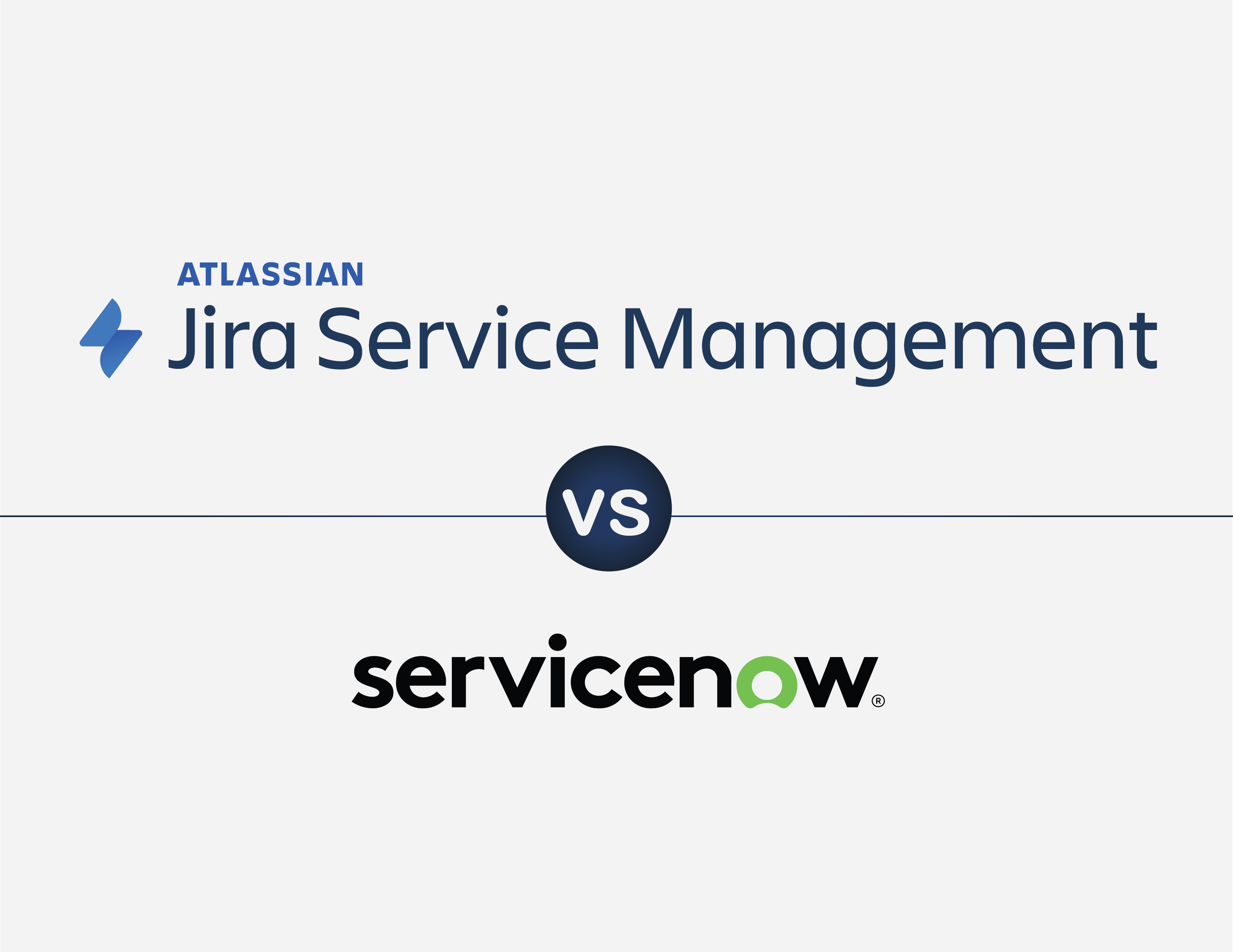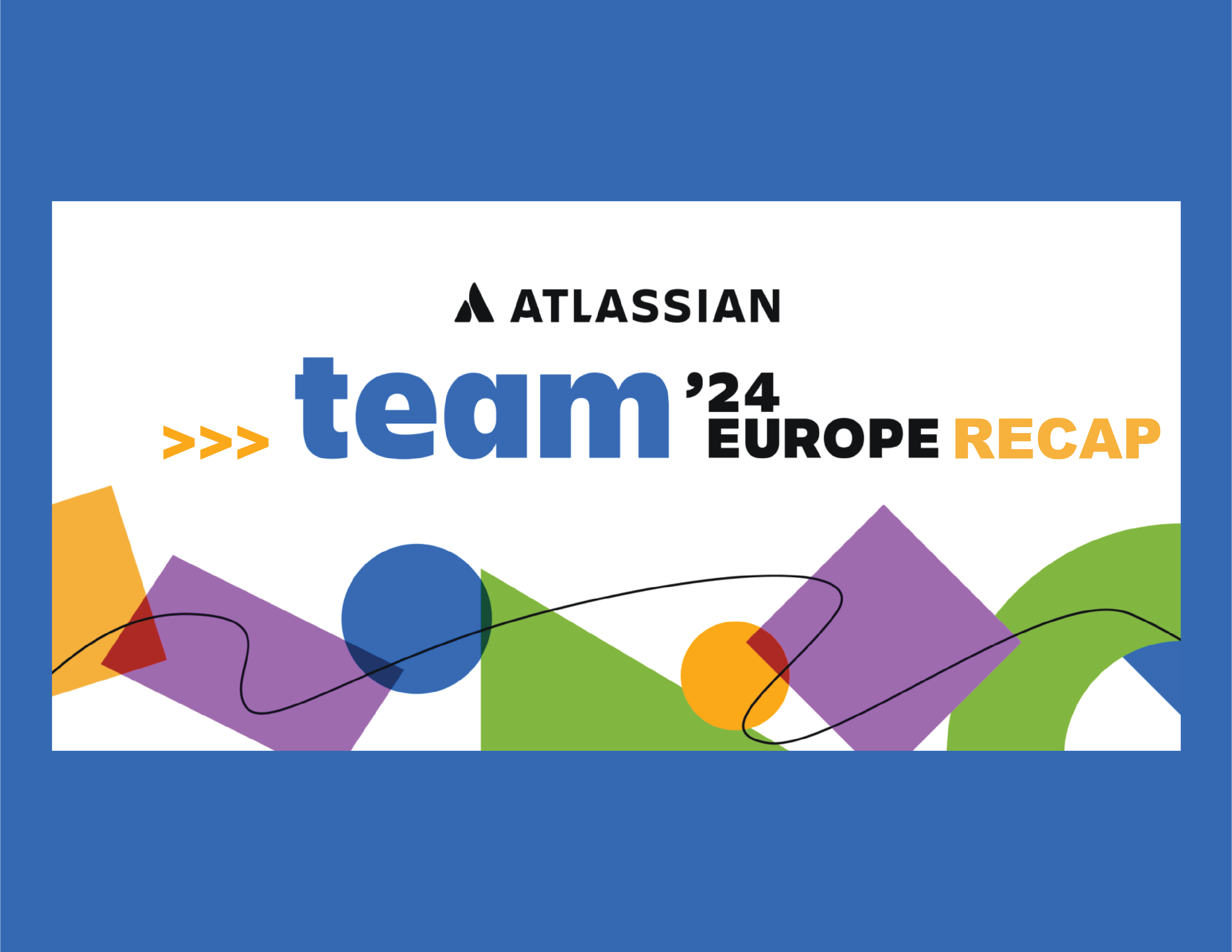5 AGILE ESTIMATION TECHNIQUES TO HELP YOUR TEAM WORK SMARTER
One of the most important things Agile teams can do to keep a project on track is accurately estimate the amount of effort needed to complete tasks pulled from the backlog. The idea behind effort estimation — also known as work estimation — is to realistically identify how much effort will be needed for team members or Contributors to complete assigned tasks in every sprint.
There are a number of Agile estimation methods designed to help teams more accurately measure the effort required to complete individual tasks within a project. In this blog post we’ll review some of the more popular estimation methods that you might want to consider trying out if you haven’t already. But first, let’s briefly explore why effort estimation is so difficult.
Why Is Effort Estimation So Difficult?
Most teams that are new to Agile might be tempted to provide work estimates in a time format that includes days, weeks, and months. However, there are some downsides to time-based work estimation, including that dates often don’t account for non-project related work, such as emails, meetings, and interviews. You know, those things that your team has to contend with every day.
Many project management tools for Agile teams have moved beyond time estimation. For example, Jira — one of the more popular tools for Agile estimation, uses story points as its default estimation measurement. Story points use numbers instead of dates to estimate work. They are designed to better account for the complexity, risk, and uncertainty that comes with a task, in abstract terms.
Despite this, it’s still a challenge to get work estimation right. It takes collaboration and practice. In addition, there are several different estimation methods Agile teams use to help them estimate the effort it takes to complete tasks. Next, we’re going to review a handful of those options.
5 Popular Agile Work Estimation Methods
In order to help support accurate work estimation, innovative minds have developed Agile work estimation methods or techniques that encourage better estimation and collaboration. Many of these options rely on story points and the Fibonacci sequence in some shape or form.
The majority of Agile work estimation methods are used in the backlog refinement — or backlog grooming — meeting that typically happens before a sprint. In most scenarios, individual team members will share their estimates. Once individual estimates are revealed, team members work together to reach a consensus on the most appropriate estimate for each unit of work.
Here are five popular Agile work estimation methods used by teams across organizations.
1. Planning Poker
Planning poker has proven so effective that it is built into the story point planning process and championed by Atlassian within their own company. The process is simple.
- Each member of the team will have cards with the same assigned numerical values.
- During the backlog refinement meeting, your team will run through each item from the backlog, discuss it briefly, and mentally form an estimate of the effort needed.
- Next everyone selects a card that best reflects their estimate and holds it up.
- If everyone holds up the same or similar cards, you can refine to an estimate that the majority finds acceptable. If the cards vary wildly, you’ll need to take a little bit of time to understand the rationale that went into each estimate and reach a consensus.
The goal is to gain all perspectives to arrive at the most accurate estimate possible.
Note that because planning poker is such a popular method for estimation that is also championed by Atlassian, there are several apps in the Atlassian Marketplace designed for Jira users that address this estimation method. These apps are an ideal option for remote teams.
2. T-Shirt Size Estimation
T-shirt size estimation is one of the more creative Agile estimation methods on our list. Instead of assigning number values to represent units of time you use T-shirt sizes. Here’s how it works:
- Work together as a team to assign T-shirt sizes to your task. We recommend keeping it simple and sticking with S, M, L, XL, and XXL. Small represents lower effort tasks and XXL represents those involved tasks that your team will need to spend the most effort on.
That’s really all there is to it. However, there are some tricks you’ll have to use to get this method to work in Jira. We have a blog post to help you figure things out and we even have an app to support this. One of the reasons T-shirt sizing works for some teams is that it forces them to think more critically about their work using familiar sizing terms such as clothing sizes.
3. Dot Voting
Dot voting is useful when you need a simple solution for estimating work.
- Assign each person the same number of dots.
- Individual team members will assign their dots to each task.
- Review how many dots are assigned to each task. The tasks with the most dots will take more time and effort to complete. Less dots on a task equals less effort.
People tend to use dot voting when they want to keep things simple.
4. Affinity Mapping
Affinity mapping, sometimes called affinity estimation, is an estimation method that has team members group tasks into buckets based on scope and effort.
- First you’ll have the tasks you are looking to estimate in front of you.
- Next you’ll identify scope and effort required.
- Then you’ll group tasks into related buckets.
Ultimately this helps you prioritize tasks in a way that fits your team’s work style. Does your team prefer to tackle the most challenging tasks first? Now you know what those are.
5. Three-Point Estimation
No matter how long your team has been working together, estimates can still be inaccurate. Sometimes teams that work together longer actually underestimate effort required to complete a task. That’s where the three-point estimation method comes into play.
Using this method, your team works together to come up with three values:
- The most likely estimate.
- The optimistic estimate.
- The pessimistic estimate.
Next add up the values and divide that number by three for a more accurate estimate.
Find What Works Best For Your Team
No matter what Agile estimation method you choose, it’s important to find one the majority of your team thinks is helpful and that can be easily logged in your project management software platform of choice. If you rely on Jira for project management, we can help on both counts.
The most important thing is to never be afraid to mix things up if one method isn’t working out. Different teams work in different ways. Find what works best for your team.
Recent posts
-
AtlassianOct 25, 2024
-
AtlassianOct 21, 2024
-
AIAug 13, 2024



